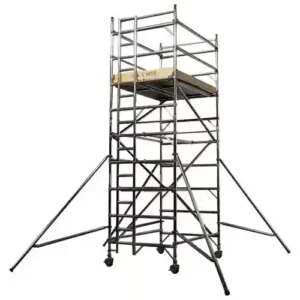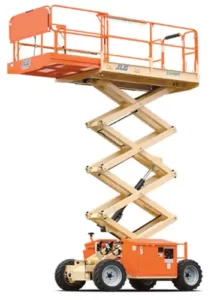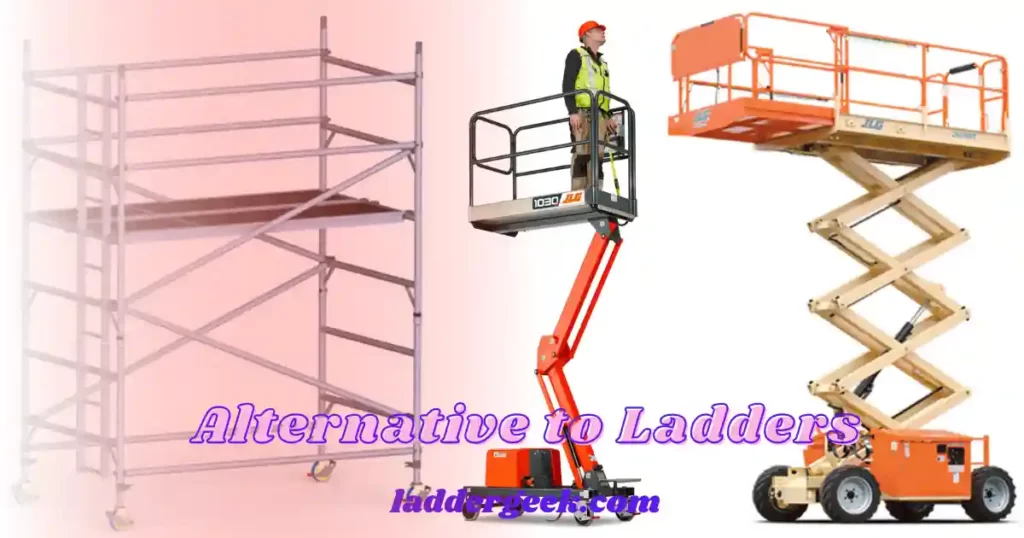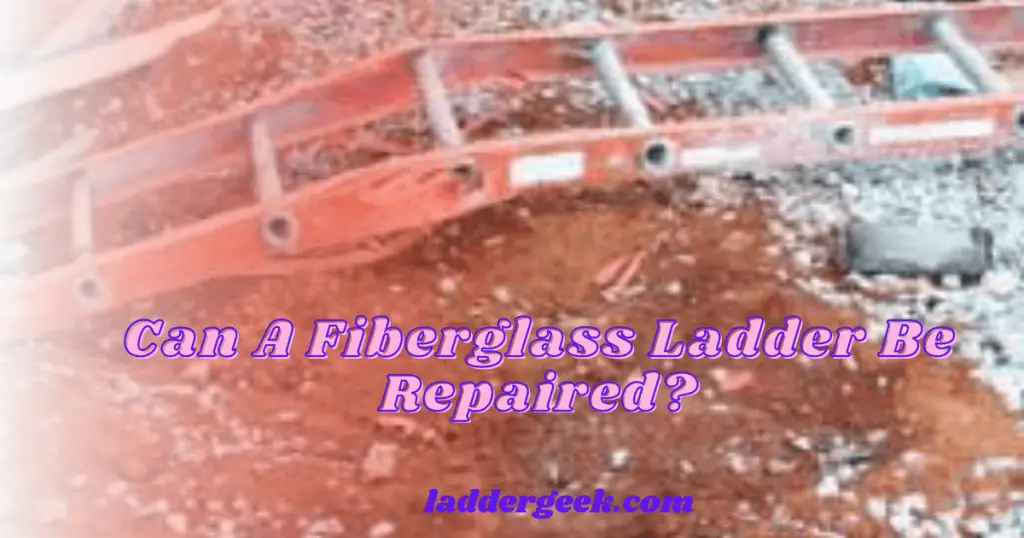There are a thousand and one reasons to switch from a ladder to an alternative height-enhancing tool. Customers that often search for alternatives to ladders do so either for personal or safety concerns. Some of the most popular reasons behind the need for an alternative include;
- Increasing safety when working at heights by reducing overall risk
- Reducing wellbeing and general health impact in mitigating risks
- Improving the overall productivity
- Compliance with safety regulations and health regulations
It is necessary to complete a risk assessment procedure before you begin working with any equipment at any height. This assessment is crucial to ensuring both your safety and the safety of your equipment, tools, and materials.
This assessment will include several safety parameters like the magnitude of the project, the number of people that will have access to the project, the size and scope of the project, and the nature of the working environment. This assessment must first be completed before any tool or equipment for the project can be selected.
You first have to be aware of the dangers of each type of elevated work equipment and the best way to remain safe when climbing either of them before you can select one. Scaffolds and ladders both have their fair share of injury risks when used for any project. Whether in low-level areas, or high-level areas, several risks abound.
What Can I Use Instead of A Ladder?
As ladder alternatives gain more traction and become widely sought after, more ladder alternatives hit the market and are available for customers. Here are some options you can try out if you’re in the market for an alternative.
Mobile Scaffold

Scaffolds generally are used to provide different working heights for workers and also serve as elevated platforms. Scaffolds provide the same function as ladders, and unfortunately also share in their safety challenges.
Similar to ladders, setting up a scaffold must be done properly and with great caution to ensure that there is a great framework for workers to stand on. This framework must be one that won’t collapse under the weight of more than one worker, materials, and tools on it.
Moving materials and tools up and down a scaffold can be dangerous and must be done with caution. Part of this danger lies in the increasing user fatigue with every trip made up or down the scaffold.
Access Platform and Push Around Vertical Lifts (pav’s)

By utilizing access platforms on a low level, you can easily climb and reach a range of heights for work. You can hold any supplies, tools, or equipment you may need for the job while on the access platform. It is a viable option because it can improve the productivity of workers as it only requires one user.
Companies that replace ladders for low-level access platforms often see lower injury and accident rates. By ensuring good practice and a positive culture of health and safety companies reduce the risk of reputational or financial damage, and promote good employee relations.
Scissor Lifts

Another common alternative is the Low-level scissor lifts which are ready-to-go options that make reaching elevated areas seemingly effortless. Scissor lifts can be used in place of a scaffold or ladder to handle any job or task that requires maximum effort to yield positive results.
With scissor lifts, workers can now complete difficult tasks faster and more securely without spending too much time setting up any equipment like you would with the scaffold. It also does not have any instability concerns as you may have when using a ladder.
Why Use a Scaffold Instead of A Ladder?
As a homeowner or worker gearing up to repair a little nudge on the roof, or paint high up the walls, choosing the right equipment before you begin work is absolutely important. Ladders are absolutely useful equipment. They are quick to set up, super straightforward to climb and offer maximum safety to users if used accurately.
However, a ladder is a right equipment to use for every task. Some instances require you to use a scaffold to be even safer or more efficient. Scaffolding is another great way to reach a required height as opposed to an extension ladder. If you still are not fully sold on the idea of using a scaffold instead of a ladder, here are some benefits of scaffolding.
1. Enhanced Safety
Over the years, safety has been a major topic when dealing with ladders. This is the reason why modern ladders are being made with durable materials and are now fitted with complex features that will not only make them appear safer but also prevent fall hazards.
Still, over 10,000 ladder users suffer from severe injuries as a result of falls from ladders every year. This is not the case with scaffolds. Far fewer people record accidents using scaffolds than with ladders. This is due to the safe nature of a scaffolding design.
This design also increases the confidence of users in the safety of the platform. If you are afraid of heights, scaffolding might just be your best bet to work at any height comfortably.
Additionally, while wearing the wrong kind of shoe on a ladder will spell doom for any user, scaffolds are still considered much safer even with the wrong shoes. You also do not have to worry about weather-related issues with scaffolds that you may have with ladders. You also do not have to worry about the scaffold tipping over when you climb to a certain height as is the case with some ladders.
2. Greater Flexibility
While carrying out your home improvement project, utilizing a scaffold will introduce a higher level of flexibility. This is one of the most popular advantages of scaffolds over ladders you can find. Unfortunately, you can’t use your trusted ladder on just any surface.
You must first ensure the ground is even as uneven grounds can lead to accidents. Also, the presence of moisture on the ground like rain or snow after bad weather can compromise the stability of the ladder and lead to unsafe working conditions.
Fortunately, scaffolding does not have these limitations. You can easily install a scaffold on any surface and still be guaranteed stability and safety while you climb. Also, investing in a scaffold with wheels is a bonus. You can easily move the scaffold from one area in your house or workplace to another area, easily and quickly.
3. Improves Speed
Working on your home improvement projects can be an exciting and rewarding process, but you probably don’t want to spend your entire free time finishing these tasks and so it makes sense to use equipment and tools that will make completing these tasks a lot quicker.
While working on a ladder, you waste precious time going up and down the ladder and spend lesser time carrying out the task. For large jobs, this process can become frustrating.
Luckily, scaffolds come with a wider platform that can accommodate all your working materials and tools that you do not need to climb back down to get any additional tools. When you calculate the time wasted fetching extra tools and materials while working on a ladder, you will understand the need to work a lot quicker by switching to a scaffold.
What Is the Safest Ladder to Work On?
The safest ladder to use should be determined by the nature of the job at hand. That is to say when performing certain tasks, it is safer to use specific kinds of ladders for added safety.
For instance, when working around electrical wires or in an incredibly hot climate, certain types of ladders known as non-conductive ladders are the best bet to avoid electrical hazards or burns as a result of the scorching heat.
Fiberglass ladders are generally considered the safest, non-conductive ladders on the market. Apart from keeping you safe from electricity and heat, fiberglass is also super strong and stable and can support an incredible amount of weight without wobbling or collapsing.
It is also worth noting that most customers consider the double-sided step ladder one of the safest and easiest to use ladders on the market. This is because these types of ladders are super balanced on the ground and do not move or wobble during the climb.
Conclusion
When analyzing both these methods of reaching height, safety and security should be a much more important yardstick than convenience. Although setting up a scaffold may be significantly less convenient and may take a longer time, the fact that you will be safer on a scaffold all through the duration of the project makes it worth it.
Also note that when picking a ladder alternative to execute your project, you must ensure that it will not interfere with your productivity level or the job at hand. That also means that if you intend to use an alternative for a professional job you must first find out if it hinders the project in any way.
Joseph is the owner of LadderGeek. He is a home remodeling enthusiast. He has created this blog to share some of his knowledge on Ladder and accessories.



